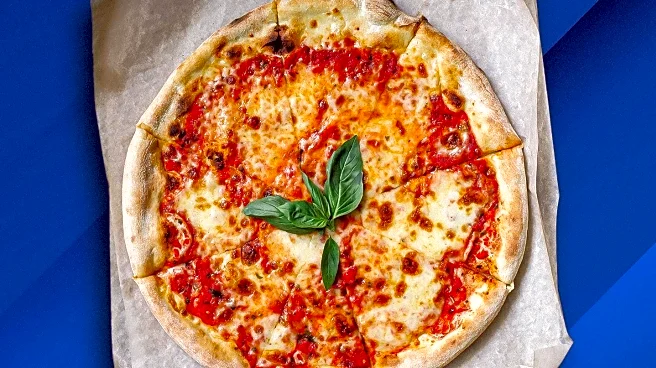What's Happening?
Several British beverage brands, including Brewdog, Fever-Tree, and Seedlip, are expanding their presence in the U.S. market. These brands have faced various challenges, such as adapting to different consumer
preferences and navigating complex regulatory environments. Despite these hurdles, they have found success by tailoring their strategies to the unique characteristics of the U.S. market. For instance, Seedlip adjusted its marketing approach to align with U.S. drinking trends, while Fever-Tree focused on key markets like New York and Los Angeles to build brand recognition.
Why It's Important?
The expansion of British beverage brands into the U.S. highlights the growing globalization of the beverage industry. As these brands adapt to the U.S. market, they contribute to the diversification of available products, offering consumers more choices and potentially influencing local beverage trends. This expansion also underscores the importance of understanding cultural differences and regulatory requirements when entering new markets. Success in the U.S. can lead to increased revenue and brand recognition, providing a model for other international brands seeking to enter the American market.
What's Next?
As British beverage brands continue to expand in the U.S., they will likely face ongoing challenges related to distribution, marketing, and compliance with local regulations. These brands may need to further refine their strategies to maintain growth and competitiveness. Additionally, the success of these brands could encourage other international beverage companies to explore opportunities in the U.S., potentially leading to increased competition and innovation in the market. Stakeholders, including retailers and consumers, will play a crucial role in shaping the future of these brands in the U.S.
Beyond the Headlines
The experiences of British beverage brands in the U.S. market offer insights into the broader dynamics of international business expansion. These brands have demonstrated the importance of cultural adaptation and strategic focus in achieving success abroad. Their stories highlight the potential for cross-cultural exchange and innovation in the beverage industry, as brands learn from each other's successes and failures. This expansion also raises questions about the impact of globalization on local markets and consumer preferences, as international brands introduce new products and ideas.












